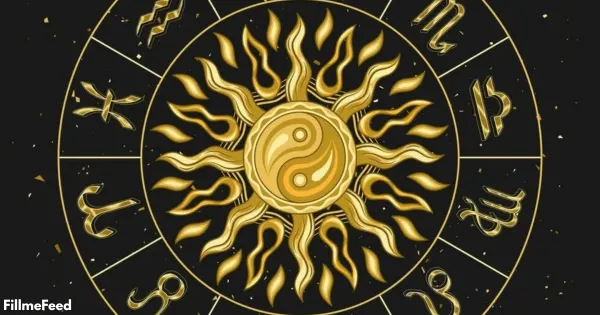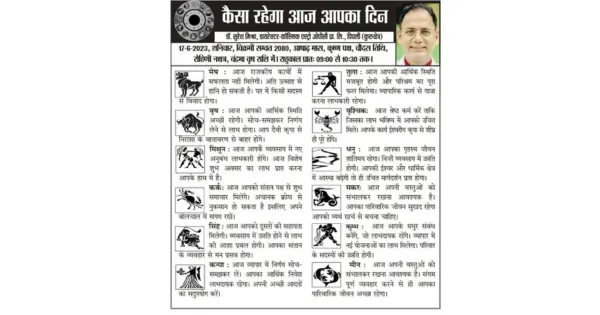There’s a strange comfort in waking up to a horoscope notification that tells you, “Don’t text your ex today. You’re just hungry.” You smile, and you know it’s probably nonsense, and yet, you don’t text them.
If you’ve caught yourself quietly downloading Co–Star or scrolling through moon-phase memes, you’re not alone. Astrology, tarot, crystals, zodiac signs, even full moon rituals, it’s all cool again. For a generation raised on reason, numbers, and science, Gen Z appears to be drifting a little closer to the stars.
But how did we get here?

Let’s go back a few years. The pre-Millennial generation, such as Boomers and Gen X, grew up in very religious families. Religion provided structure, identity, and answers, but also rules, plenty of them.
So when Millennials grew up, they pushed back against the strictness. Religion began to seem old-fashioned or oppressive, and science and reason became the new pillars. Questions were OK, doubt was good, and facts were the only thing that mattered.
But Gen Z, and even younger Millennials, are now living in a world where facts are… well, everywhere – too many of them. We’ve grown up with the internet in our hands, with instant access to every possible explanation, every news headline, every crisis. We’ve lived through a pandemic, watched the world shut down, seen wars unfold on our phone screens, and felt the climate collapsing around us.
Amidst all this turmoil, things are not often clear. Control is a myth. And science, though vitally significant, doesn’t always provide emotional solace.
That’s where astrology steps in – quietly, gently.
The truth is — astrology never really disappeared.
For many of us, it first showed up quietly, in black-and-white ink on the back page of a newspaper. Remember those daily horoscopes printed next to the crossword and the TV listings? Every Indian household had someone, a parent, a grandparent, a curious teenager, who glanced at it “just for fun.” Whether or not anyone truly believed it, those little paragraphs had a strange power. They made you pause. Smile. Wonder what your day might look like. Some people even cut them out, circled the “lucky colour” or shared it with friends. It was harmless, familiar, and quietly hopeful. In hindsight, it was probably the earliest form of belief we interacted with that didn’t demand anything from us.
It’s not so much about believing all the words. It’s about feeling heard. It’s about reading your horoscope and thinking, yeah… that really does ring true. Perhaps it’s nebulous, perhaps it’s false, but it resonates. It calms. Also, it brings back those throwback memories of every household reading their sun sign over chai.
Astrology Now

Astrology now is not about superstition. It’s about softness. It’s about connection. It’s a soft daily ritual among the noise of the world, a small moment of introspection before you scroll into another doomsday timeline.
Apps like Co–Star, Sanctuary, and Nebula are built exactly for this purpose. They don’t scream “believe or perish.” They just nudge you to think about how you’re feeling, what’s going on in your life, and how to name it. And let’s be honest, they’re pretty fun too.
Because here’s the thing: belief today isn’t about answers, it’s about anchors. And while religion may be on the decline, the human need for belief never really goes away. We still crave something bigger than us, something that tells us we’re part of a story, even if it’s written in the stars.
So no, maybe the lights in the sky don’t guide us, but they do keep us company. And sometimes, that’s more than enough.
